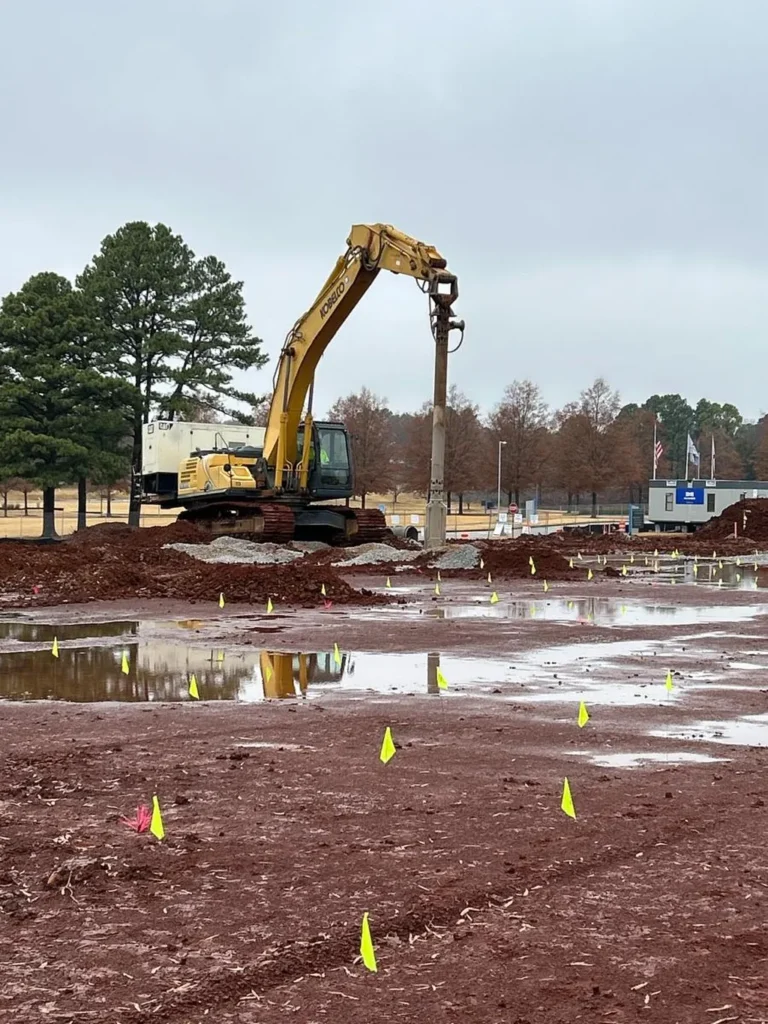The agriculture solar water pumps market is on a steady upward trajectory, with projections placing its value at USD 1,103.5 million in 2025 and an expected rise to USD 2,564.8 million by 2035. This growth, advancing at a compound annual growth rate (CAGR) of 8.8%, reflects a shift from early adoption to large-scale deployment, driven by a mix of economic, technological, and policy factors.
The market’s expansion is not uniform but follows a distinct curve, marked by a gradual climb in the first half of the forecast period and a steeper ascent in the latter. Between 2025 and 2030, the market is expected to grow from USD 1,103.5 million to nearly USD 1,682.3 million, fueled by declining photovoltaic costs, government subsidies, and farmer education initiatives. The momentum accelerates post-2030 as diesel prices rise and water scarcity concerns intensify, pushing more farmers toward solar-powered irrigation. By 2035, the market’s value is anticipated to more than double its 2025 figure, signaling a transition from policy-dependent growth to self-sustained adoption.
**Core Market Influences**
The market’s growth is deeply intertwined with five key parent sectors. The largest influence comes from agricultural irrigation systems, which account for 38% of demand, as farmers seek reliable, off-grid water solutions. Renewable energy integration contributes 25%, driven by solar power’s role in reducing operational costs and supporting rural electrification. Water management and conservation make up 15%, with solar pumps enabling efficient groundwater extraction and drip irrigation. Rural development initiatives, at 12%, expand accessibility through subsidies and financing, while off-grid power solutions, at 10%, cater to remote farming communities lacking conventional electricity infrastructure.
Together, these sectors highlight the dual role of solar water pumps: as an agricultural productivity tool and as a rural development enabler. The dominance of irrigation, renewable energy, and water management—accounting for nearly 80% of demand—underscores the market’s alignment with global priorities like food security, cost efficiency, and sustainability.
**Segment Insights and Adoption Patterns**
Within the market, submersible pumps lead with a 57.3% revenue share in 2025, favored for their efficiency in deep-water applications and durability in harsh conditions. AC pumps dominate the technology segment at 63.5%, benefiting from compatibility with existing systems and higher flow rates. The 5 HP power rating segment holds the largest share at 41.9%, striking a balance between affordability and performance for small to medium farms.
Regional growth varies, with North America, Asia-Pacific, and Europe emerging as key markets. Asia-Pacific, in particular, is poised for rapid expansion due to high agricultural activity, government subsidies, and a pressing need for water-efficient solutions. Europe’s growth is driven by strict environmental regulations and incentives for renewable energy adoption, while North America’s market is bolstered by technological advancements and large-scale farming operations.
**Challenges and Future Outlook**
Despite the positive outlook, barriers remain. High upfront costs and limited financing options can deter smallholder farmers, while low awareness in some regions slows adoption. However, ongoing advancements in solar technology—such as improved panel efficiency and smart monitoring systems—are reducing long-term costs and enhancing reliability.
The market’s future will likely hinge on three factors: continued policy support, technological innovation, and farmer education. As solar water pumps prove their economic and environmental benefits, their role in sustainable agriculture is set to expand, positioning them as a cornerstone of modern farming practices.

